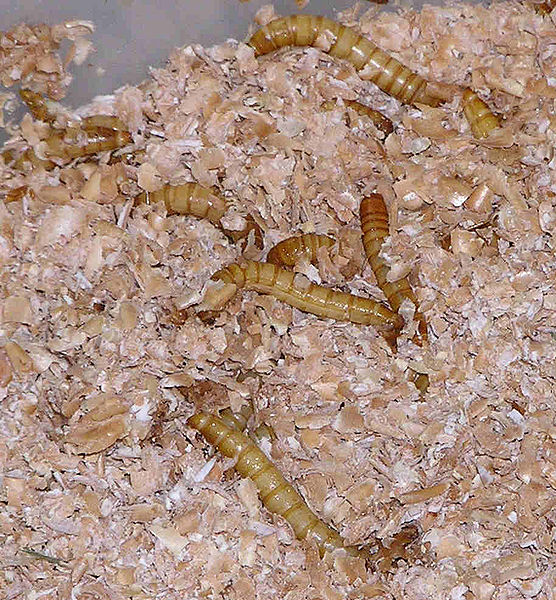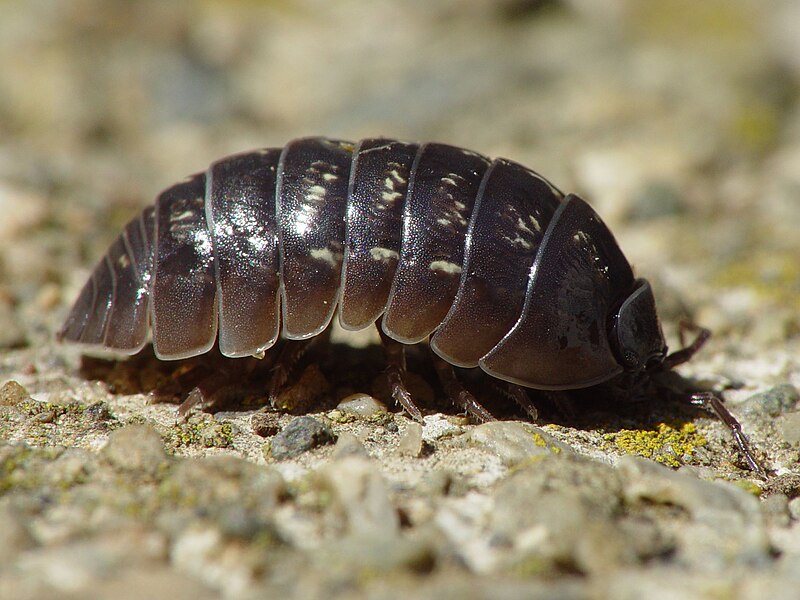 The process of hibernation (or brumation) in reptiles and amphibians seems subject to a great many factors. For example, I have noticed that spotted and Eastern box turtles, and other temperate North American species, vary greatly in this regard. In captivity, wild-caught individuals usually slow down (activity and feeding) during the winter, even if kept warm and given a photoperiod of 12 hours. Captive-born animals of the same species most often continue to feed throughout the winter.
The process of hibernation (or brumation) in reptiles and amphibians seems subject to a great many factors. For example, I have noticed that spotted and Eastern box turtles, and other temperate North American species, vary greatly in this regard. In captivity, wild-caught individuals usually slow down (activity and feeding) during the winter, even if kept warm and given a photoperiod of 12 hours. Captive-born animals of the same species most often continue to feed throughout the winter.
Green frogs, garter snakes, musk turtles and others, however, usually stay active if kept warm in winter, even if wild-caught.
A recent email from a colleague brought up the subject of bearded dragons. His animal becomes lethargic and ceases feeding in October, despite a long photoperiod, and high ambient and basking temperatures. Most bearded dragons in the US pet trade are several generations removed from the wild, yet the tendency to hibernate persists in some. Many bearded dragons, however, remain active all year. I am wondering if what we are seeing is related to the natural range of our pets’ ancestors… perhaps those from certain areas hibernate in the wild and retain this pattern in captivity?
A Request for Help
Internal (circadian) rhythms exert their influence on most animals, and an understanding of their workings is vital from both a pet-keeping and conservation point of view. I would greatly appreciate being informed of any seasonal changes in activity that you notice among your pets.
Some North American turtles are incredibly cold-tolerant, and are being studied to see if the mechanisms they use might be applied to the possible storage of human organs destined for transplant. The abstract of an interesting The Journal of Herpetology article is posted at:
http://www.jstor.org/pss/1565569
If you’re looking for general care information on bearded dragons, check out my article: Bearded Dragon Natural History and Captive Care.
 That Reptile Blog – Reptile, Amphibian and Exotic Pet Care and Information
That Reptile Blog – Reptile, Amphibian and Exotic Pet Care and Information


 In 1969, Carl Kauffeld introduced a generation of budding herpetologists to snake-keeping with his wonderful classic
In 1969, Carl Kauffeld introduced a generation of budding herpetologists to snake-keeping with his wonderful classic  In my experience, small species are the best to start with when attempting naturalistic snake terrariums. Such animals are easier on plants and decorations, and secretive snakes really do seem much more “at home” in captive habitats that offer numerous burrowing and hiding opportunities.
In my experience, small species are the best to start with when attempting naturalistic snake terrariums. Such animals are easier on plants and decorations, and secretive snakes really do seem much more “at home” in captive habitats that offer numerous burrowing and hiding opportunities. In an odd twist of fate, I recently had the opportunity to help plan the complete renovation of Mr. Kauffeld’s amazing building. Having grown up near to and in awe of the man and the institution, it was quite an odd feeling, to say the least. I set up naturalistic exhibits for nearly all of the snakes, but a re-creation of Mr. Kauffeld’s office holds a number of terrariums set up as he would have wanted. I sincerely hope he approves! Please visit if you have a chance…I would greatly appreciate your comments.
In an odd twist of fate, I recently had the opportunity to help plan the complete renovation of Mr. Kauffeld’s amazing building. Having grown up near to and in awe of the man and the institution, it was quite an odd feeling, to say the least. I set up naturalistic exhibits for nearly all of the snakes, but a re-creation of Mr. Kauffeld’s office holds a number of terrariums set up as he would have wanted. I sincerely hope he approves! Please visit if you have a chance…I would greatly appreciate your comments. A steady diet of mealworms (I refer here to the small mealworm, Tenebrio molitor, not the giant mealworm, Zophobus mario) is not recommended for any reptile or amphibian. These beetle larvae lack essential nutrients, the calcium: phosphorus ratio is not ideal and the exoskeleton is high in chitin. Mealworms also have quite strong jaws, and may injure debilitated or small reptiles and amphibians.
A steady diet of mealworms (I refer here to the small mealworm, Tenebrio molitor, not the giant mealworm, Zophobus mario) is not recommended for any reptile or amphibian. These beetle larvae lack essential nutrients, the calcium: phosphorus ratio is not ideal and the exoskeleton is high in chitin. Mealworms also have quite strong jaws, and may injure debilitated or small reptiles and amphibians. Isopods, more commonly known as sowbugs, pillbugs or potato bugs, are a valuable but largely neglected food source for pet amphibians and reptiles. The over 10,000 described species are common in most habitats worldwide, and are therefore an important in the diets many creatures. Ranging in size from .02 to 20 inches, there is an isopod to fit every feeding need (public aquariums pay $600 or more each for giant, deep-sea forms, so don’t plan on feeding these to your monitor lizards!).
Isopods, more commonly known as sowbugs, pillbugs or potato bugs, are a valuable but largely neglected food source for pet amphibians and reptiles. The over 10,000 described species are common in most habitats worldwide, and are therefore an important in the diets many creatures. Ranging in size from .02 to 20 inches, there is an isopod to fit every feeding need (public aquariums pay $600 or more each for giant, deep-sea forms, so don’t plan on feeding these to your monitor lizards!).